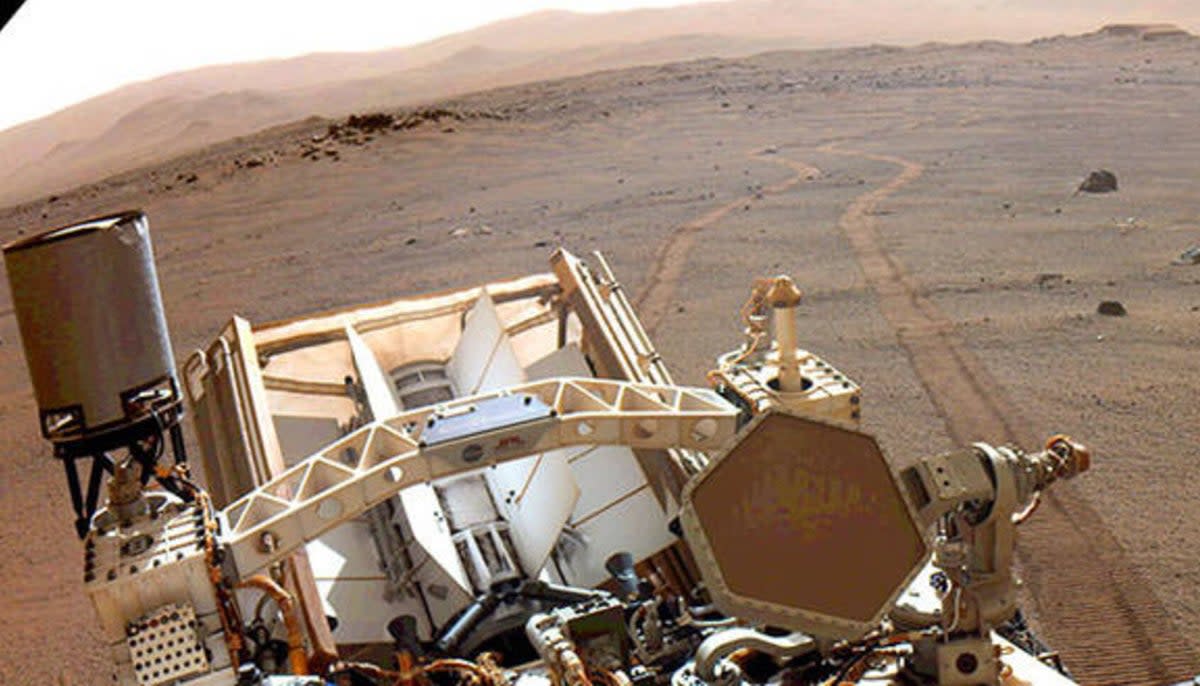Scientists hear ‘dust devils’ on Mars surface for first ever time

Scientists have heard “dust devils” on the surface of Mars for the first ever time.
The recordings of the tiny tornadoes and dust that sweet across the Martian surface in something like an alien whirlwind have been sent back by the Perseverance rover.
It is the first time the phenomenon has ever actually been heard and can be used to better understand much more about the planet, researchers say.
“We can learn a lot more using sound than we can with some of the other tools,” said Roger Wiens, professor of earth, atmospheric and planetary sciences in Purdue University’s College of Science, who leads the team that made the discovery.
“They take readings at regular intervals. The microphone lets us sample, not quite at the speed of sound, but nearly 100,000 times a second. It helps us get a stronger sense of what Mars is like.”
The findings are reported in a new paper, ‘The sound of a Martian dust devil’, published in Nature Communications today.
Nasa’s Perseverance rover arrived on Mars in 2020, and brought with it the first functioning microphone on the planet’s surface. It is one of a number of sensors on the “head” of the rover, known as SuperCam, which also includes cameras and spectrometers.
The microphone is switched on for about three minutes every couple of days. That means that luck can decide what is captured.
But the rover has seen evidence of almost 100 dust devils since the rover started examining Mars. And so it was only a matter of time that it would eventually hear one blowing past, too.
The sound recording can be used with other data to better understand the atmosphere and weather on Mars. It shows how the planet has tiny storms of fast, weak wind,
That means that astronauts don’t need to worry about powerful winds that could push down the places in which they live. But it appears to be enough to keep grit from piling up on the solar panels on equipment, which might be what helped previous rovers last for so much longer than expected.
“Those rover teams would see a slow decline in power over a number of days to weeks, then a jump. That was when wind cleared off the solar panels,” said Professor Wiens in a statement.


